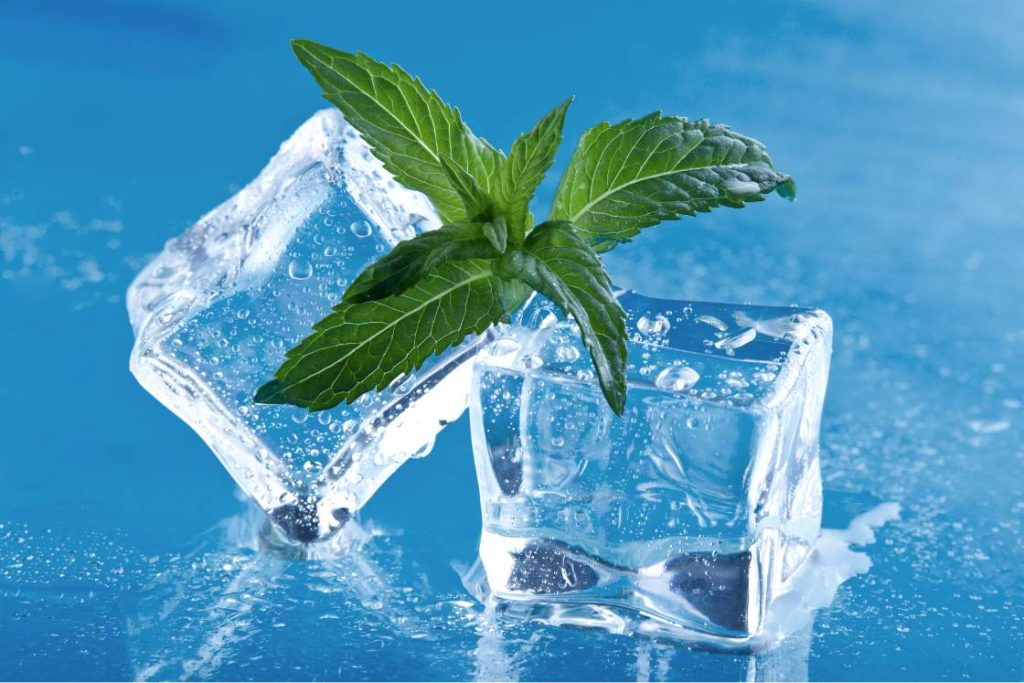
The Pitta dosha, which is made up of fire and water elements, is in charge of processing and metabolizing the information and energy we acquire from our surroundings.
Imbalanced pitta symptoms can make you suffer heartburn, inflammation, skin rashes, heat flashes, and irritation when Pitta is overactive or worsened. Herbs that calm and cool the body and mind can be used as part of a lifestyle that balances Pitta.
Medicinal herbs, having sweet, bitter, and astringent tastes, can be particularly beneficial for Pittas in reducing inflammation and fostering detoxification. Moreover, they can enhance sleep, bowel movements, and digestion.
Below are details of some well-known cooling herbs for maintaining pitta balance.
1. Shatavari
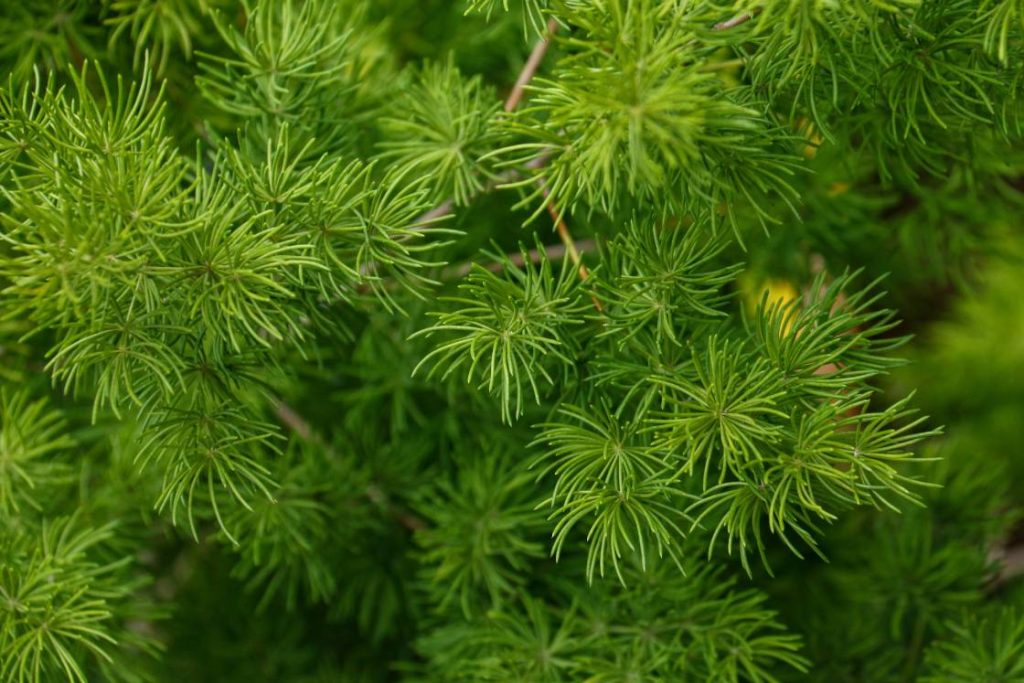
Shatavari, scientifically known as Asparagus racemosus, is a herb with cooling and soothing properties that can help pacify and balance Pitta. This has a sweet and bitter flavour. As an ojas builder, Shatavari is thought to promote virility, immunity, a brilliant complexion, stamina, and vigor.
The dryness that results from too much heat (Pitta) in the body can be efficiently alleviated by the unctuous herb Shatavari.
It is a very calming herb because of its sweet and bitter flavour. Shatavari is one of the most treasured herbs in Ayurveda because of its inherent cooling characteristics, which maintain a healthy epidermis and healthy inner skin, along with the lining of the intestines, stomach, lungs, and kidneys.
Shatavari contains nourishing, calming, and cooling characteristics that aid in many conditions such as heartburn, indigestion, diarrhoea, urinary tract inflammation, and irritable bowel syndrome as a result of the body and mind becoming hot, exhausted, or out of balance.
Additionally, as an adaptogen, it can help the body and mind handle stress by relaxing and soothing the nervous system.
Furthermore, it aids in the maintenance of the respiratory system, particularly when one has a sore throat or a dry, piercing cough.
Interestingly, the meaning of Shatavari sometimes translates to “who possesses one hundred husbands.” this makes it a potent herb to be used by women to balance and maintain the health of their reproductive systems.
How to take Shatavari herb?
The most traditional way to consume Shatavari herb is in powder form. Typically, it is taken with a carrier material like milk and sugar, honey, or ghee to enable its benefits to seep into the tissue layers.
For people who prefer the ease of a tablet or don’t like the taste of the powder, shatavari tablets may be simpler to take.
Consider Organic India’s Shatavari Herbal Supplement which is vegan and gluten-free.
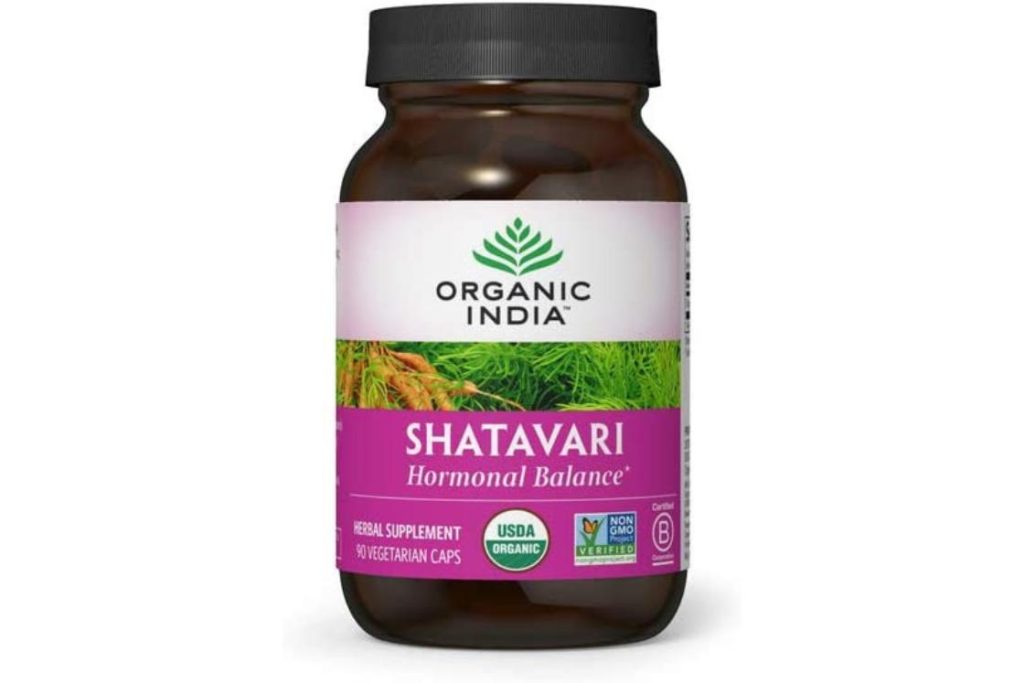
There is also a liquid extract of Shatavari root that offers a different way to consume Shatavari. It has a long shelf life, is practical, and is simple to absorb.
2. Cardamom
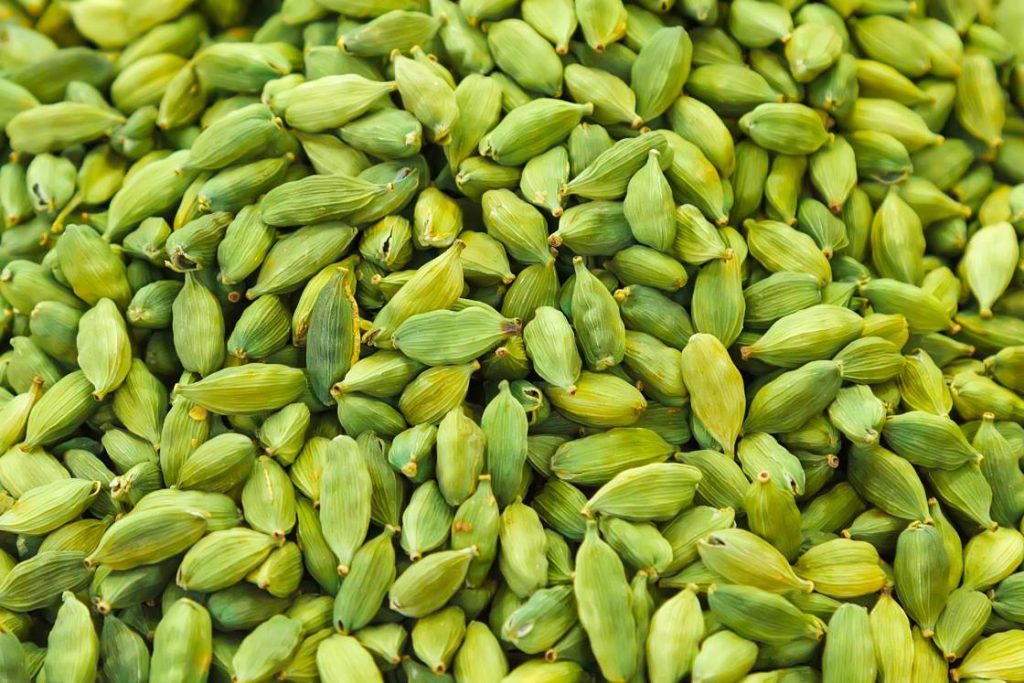
Cardamom is a spice that has been treasured for centuries for its aromatic and medicinal properties. It is native to the Indian subcontinent and is widely used in various cuisines around the world.
Cardamom stimulates the release of digestive enzymes that are activated by the smell and taste of the spice, resulting in found to relieve bloating, gas, and indigestion. It is highly beneficial after a meal since it facilitates the digestion of heavy and acidic foods.
It helps heal acne, and skin allergies and improves the complexion of the skin. It also contains a wealth of anti-bacterial and antioxidant characteristics.
Cardamom is a diaphoretic that cleanses your pores, causing a light sweat that washes your skin, helps with low-grade fevers and clears your lymphatic system.
In tonic formulae, cardamom also serves as a carrier herb, aiding in the digestion and absorption of heavier herbs.
Together with its sweet and sour flavors, it offers a warming and soothing effect. It is hot, thus those with an imbalanced Pitta ought to use it carefully or in moderation.
The majority of people can safely use cardamom on a daily basis, however, excessive amounts should not be taken.
How to use Cardamom
Cardamom is frequently used in Indian cuisine to add a strong flavor to both savory and sweet foods.
The easiest way to eat cardamom is freshly ground. It pairs well with both spiciness like cloves and other sweet spices like fennel. It can be used in baking, sweet sauces, and puddings, as well as fruit- and nut-filled milkshakes.
Use the Cardamom powder from Simply Organic, to flavor your dishes.
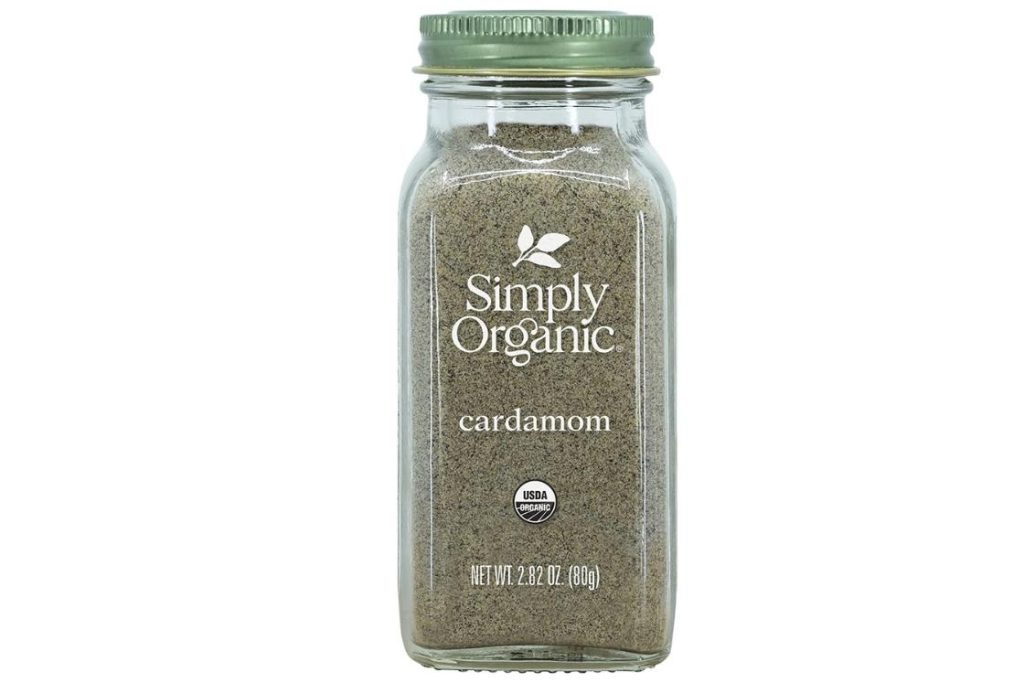
When added to the water before the rice begins to cook, cracked cardamom pods flavor the rice.
Whole Cardamom pods or cardamom powder are also frequently used while making tea, tonics, or concoctions.
It is also frequently chewed after meals to freshen your breath.
Consuming black cardamom aids in eliminating pollutants that would otherwise be harmful to the body and skin.
3. Mint
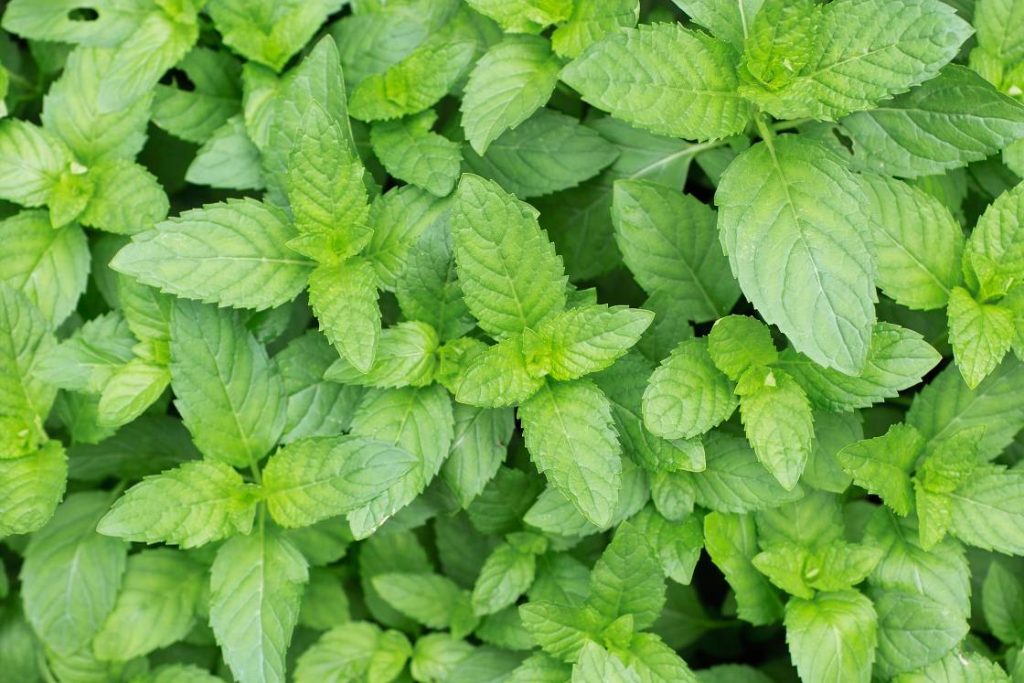
In Sanskrit, mint is known as ‘pudina.’ It is a common cooling herb with a sweet flavor and a strong aftertaste. Peppermint and spearmint are the most popular types of mint, although there are many others. Both varieties contain aromatic menthol, which revitalizes the senses and helps to clear the respiratory tract.
Mint is a fantastic diuretic that stimulates digestion without causing excessive heat. Its potent fumes also assist the respiratory system by opening and relaxing the lungs.
Moreover, mint is particularly effective in reducing irritation and inflammation caused by excess pitta, which can often lead to gastritis and enteritis.
With its fragrant essential oils, mint helps balance samana vayu and temper pachaka Pitta heat. When Pitta is imbalanced, mint can alleviate nausea and gastrointestinal spasms.
Pudina possesses antibacterial and antioxidant properties that strengthen the immune system and help ward off illnesses. It is also rich in vitamin B, calcium, potassium, critical B-complex vitamins, vitamin A, and other minerals, all of which contribute to overall health and vitality.
How to use Mint
Mint is widely available in the form of leaves and can also be grown in your home. Moreover, it can also be brought in the form of dried leaves to sprinkle in pasta dishes or on salads.
Since it helps reduce acid indigestion, it is a common component in digestive teas.
Mint leaves provide a delicious accompaniment to teas, beverages, jellies, syrups, candies, and ice creams thanks to their pleasant warm, fresh, aromatic, sweet flavor with a cold aftertaste.
Two effective at-home treatments for digestive health are mint tea and a concoction of fresh mint leaves with lemon and honey.
Tazo offers a premix of mint with tea leaves in 20 individually-wrapped herbal mint tea bags which are also caffeine free.
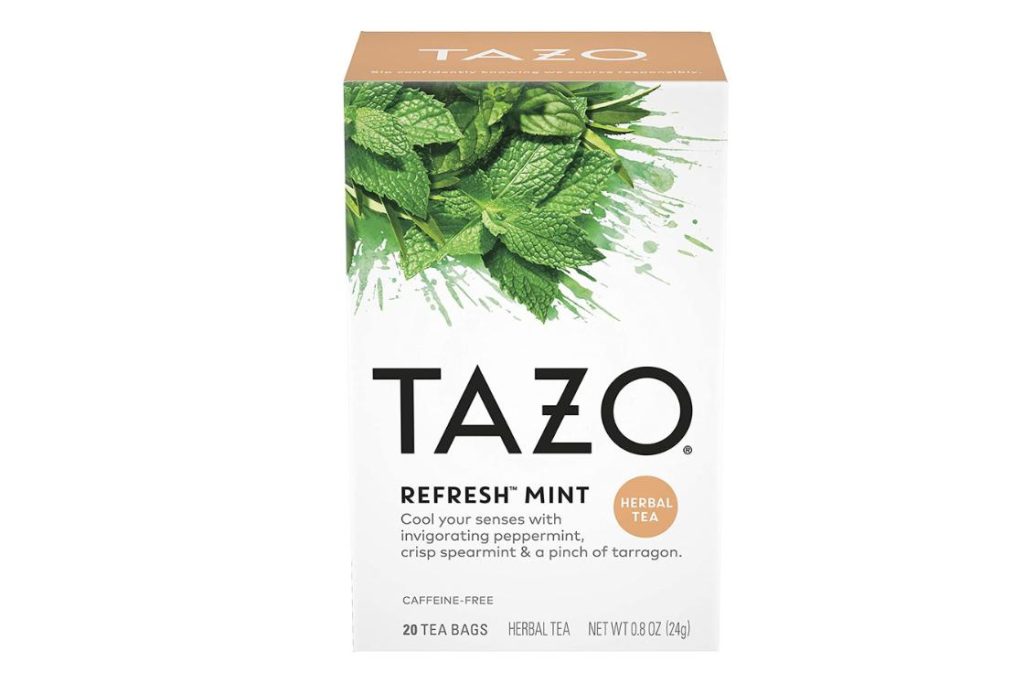
To treat acne, prepare a mint face pack by combining freshly ground mint leaves with rose water. Apply the mixture to the afflicted areas and let it sit overnight.
Similar to this, a mixture of tomato juice, fuller’s earth (multani mitti), and freshly prepared mint juice heals pimples as well as eliminates tan and other impurities.
4. Coriander or Cilantro
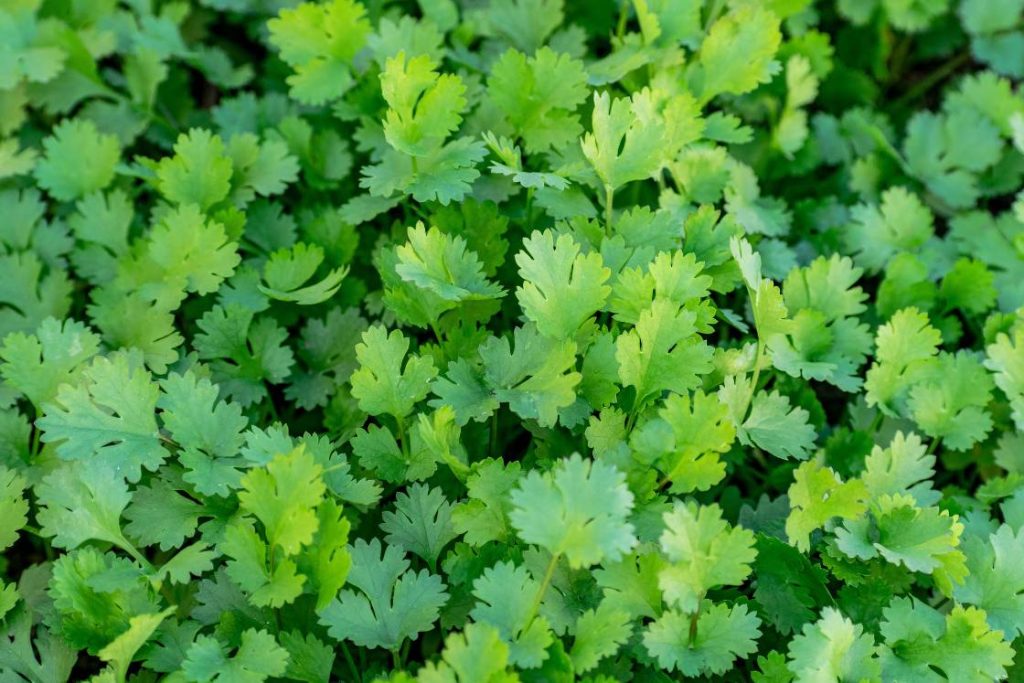
The cilantro leaf and coriander seed are taken to relieve flatulence and bloating as well as for treating IBS (irritable bowel syndrome) and colic.
In addition to its pleasant aroma, cilantro is very beneficial for Pitta digestion problems as it renews agni without escalating acidity. Bitter, spicy, and sweet, it stimulates the digestive fire while also calming and expelling excess heat from the body, which makes it helpful in reducing pitta-related imbalances linked to menopause.
Because it has the power to lower body temperature, it aids in maintaining a cool body. The diaphoretic characteristics of coriander seeds make them a potential fever cure.
The seeds’ purported warming properties may assist in subtly boosting hunger, digesting nutrients, and facilitating the removal of natural toxins.
Coriander has a significant affinity for and benefits the digestive system, but it also helps to eliminate heat and mucus, which may have positive effects on the urinary system and the lungs.
Coriander includes an antioxidant that stops animal fats from being rancid and destroys germs and fungi that ruin the meat. Ayurveda practitioners apply topically these qualities to wounds to combat infection.
How to use Coriander/Cilantro
The plant can be eaten in its entirety. The seeds can be utilized whole or processed into a powder and used as a spice, although the leaves are most frequently consumed fresh.
Try making tea with the seeds infused for indigestion and flatulence.
You may make delightful fresh chutneys out of the leaves or use them to serve with a meal.
If you experience any symptoms of indigestion or nausea, you can consume a beverage made with coriander, ginger, cumin, and lemon juice.
Chopped coriander leaves are also liberally used as a form of garnish on cooked foods in almost all cuisines. You can also use the leaves in salads.
A chutney made with mint leaves, coriander leaves, lemon juice, and some salt tastes great with many meals.
Use The Spice Hunter’s Coriander powder to spice your stews and curries.
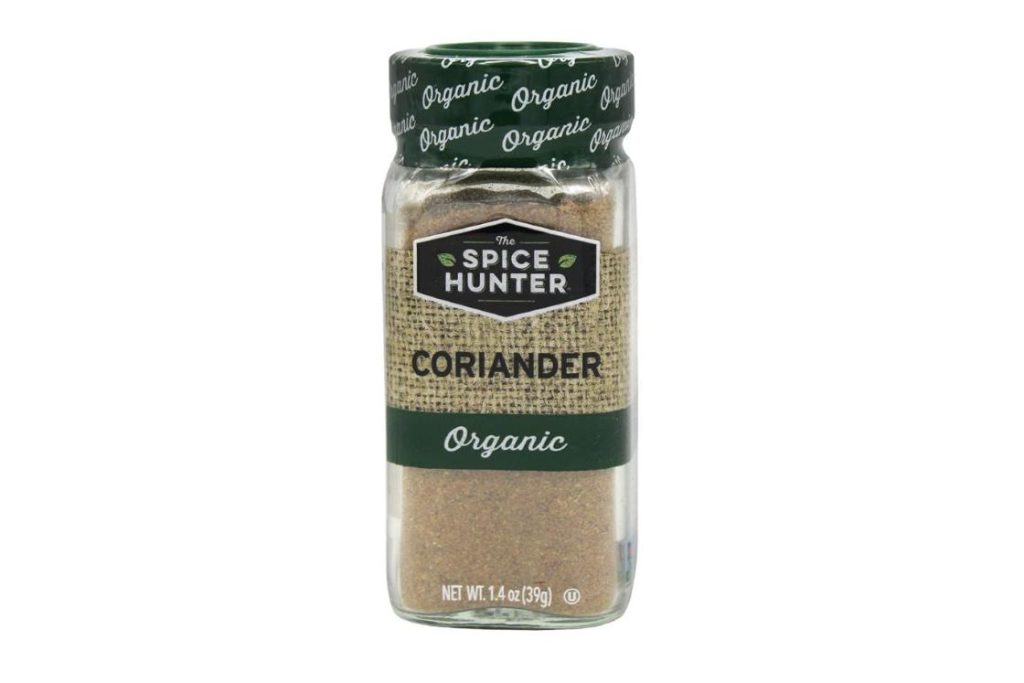
5. Fennel

Fennel has various health advantages, including their ability to relieve common pitta problems including flatulence (gas), cramping, heartburn, tummy aches, and acid reflux.
Fennel helps with digestion, freshens breath, and also soothes the throat. It effectively boosts and stimulates the digestive fire without arousing Pitta due to its cooling and pleasant characteristics.
It is considered to have sattvic characteristics that revitalize the mind and encourage mental attentiveness. Fennel is also thought to rejuvenate the eyes.
One of the healthiest herbs for digestion is fennel seed. Unlike many other digestive herbs, they support digestive fire without provoking pitta dosha.
Fennel has a cold aspect that balances things out and promotes mental clarity. It helps Pitta because it is a diuretic, purifying the blood while flushing and calming burning in the urinary system.
How to use Fennel
Fennel can be consumed and is available in the form of bulbs, fronds, seeds, and powder.
Eat one teaspoon of fennel seeds, either raw or lightly toasted, after meals or whenever you are having digestive problems.
A few should always be with you, so keep some of it in your wallet, pocketbook, workplace, and vehicle. Fennel sugar sweets are the ideal sweet treat to end a meal.
To help guarantee that the food will be digested properly, add fennel to your cooking (as seeds or powder). Fennel fronds can be added to lentils, leafy greens, summer slaws, salads, etc.
Fennel is a common flavoring component in recipes for sausage and pickles. The fennel bulb is frequently cooked, marinated, or even eaten raw after being thinly sliced.
Fennel seeds by 365 by Whole Foods Market can be utilized in your cooking or making teas.
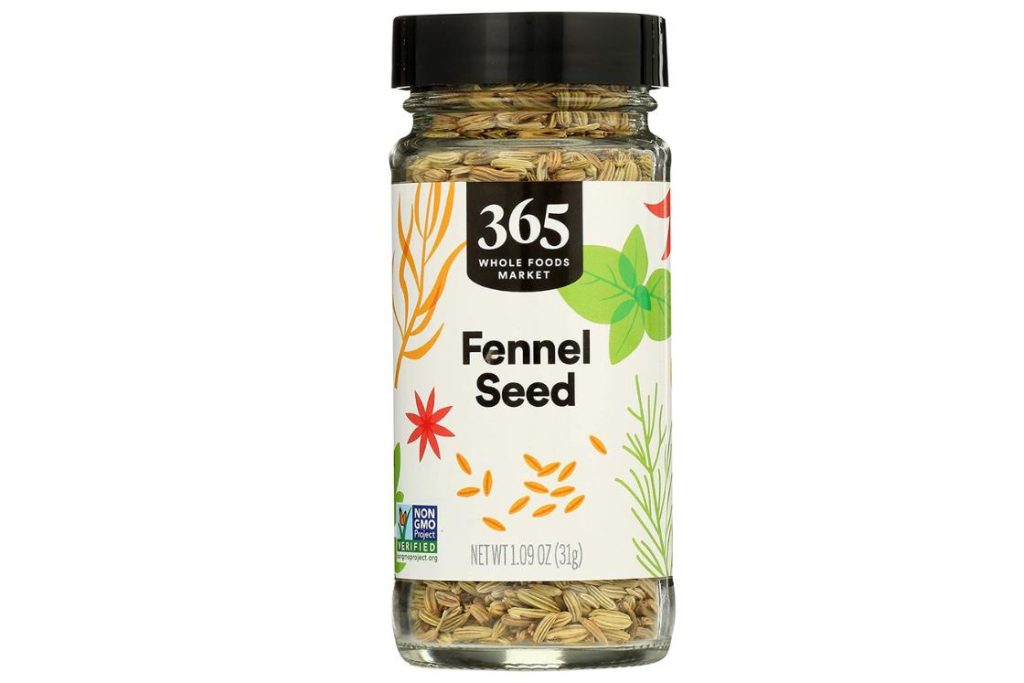
6. Fenugreek
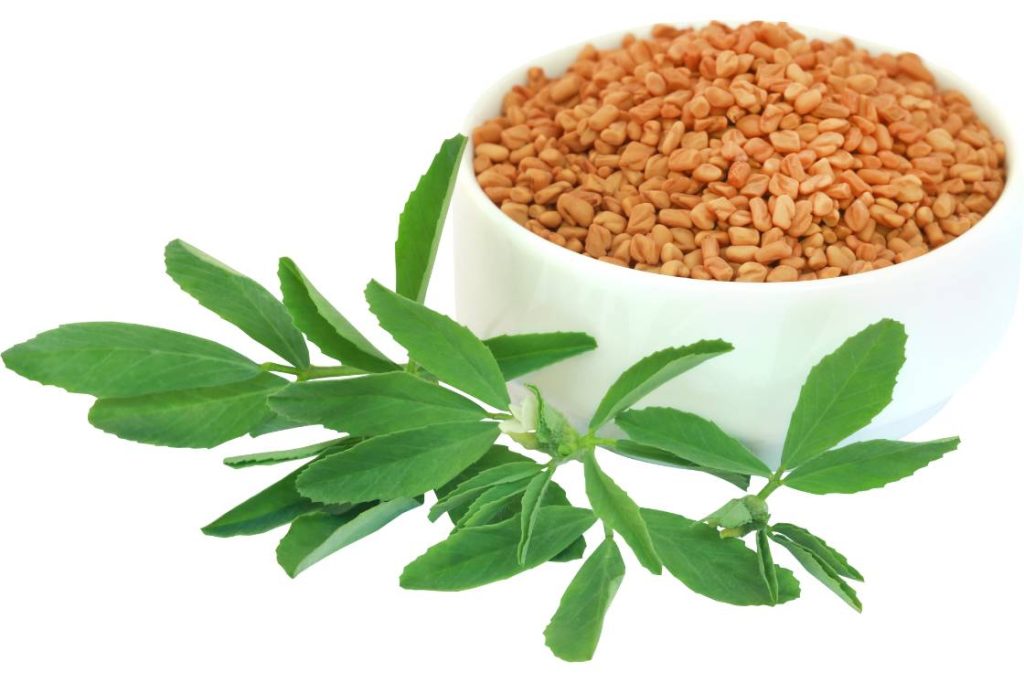
Though fenugreek can slightly increase pitta, it is not as hot and spicy as ginger, chilli, or black pepper. When used with ghee, it can help restore the pitta balance.
In Ayurveda, fenugreek has several traditional uses. It can help assist excretion, improve digestion, and calm the stomach. Due to its warming effects, the lungs’ moisture balance is improved.
Its laxative effects help with the problem of constipation.
Fenugreek seeds have a richness of anti-inflammatory and anti-bacterial characteristics that enable them to fight fungal infections in the skin by treating acne and unclogging pores, profoundly repairing the skin.
Fenugreek can also be used to curb hair fall or bring back its lost shine. It is extremely potent in regulating the scalp’s sebum levels, which lessens dandruff and early hair aging.
How to use Fenugreek
Fenugreek is one of the easily available ingredients in any Indian home. Though it is widely available in the form of seeds and leaves in the market, you can use it in the form of a powder or paste as well.
Mix a teaspoon of fenugreek powder in a cup of buttermilk and drink it after your dinner. It can help to prevent bloating.
For gut strengthening, you can make a concoction out of slightly fried fenugreek seeds which are further cooked in milk.
It is also widely known that having a cup of methi-soaked water can aid in controlling blood pressure and diabetes.
Moreover, externally applying a warm fenugreek paste can alleviate inflammation, pain, or an abscess.
You can easily add the powdered or seed form while cooking your meals. The leaves can be used in salads or making fresh chutney.
Try out the Organic Fenugreek Powder from Jiva Organic. Their products are vegan and contain no artificial additives, preservatives, or fillers.
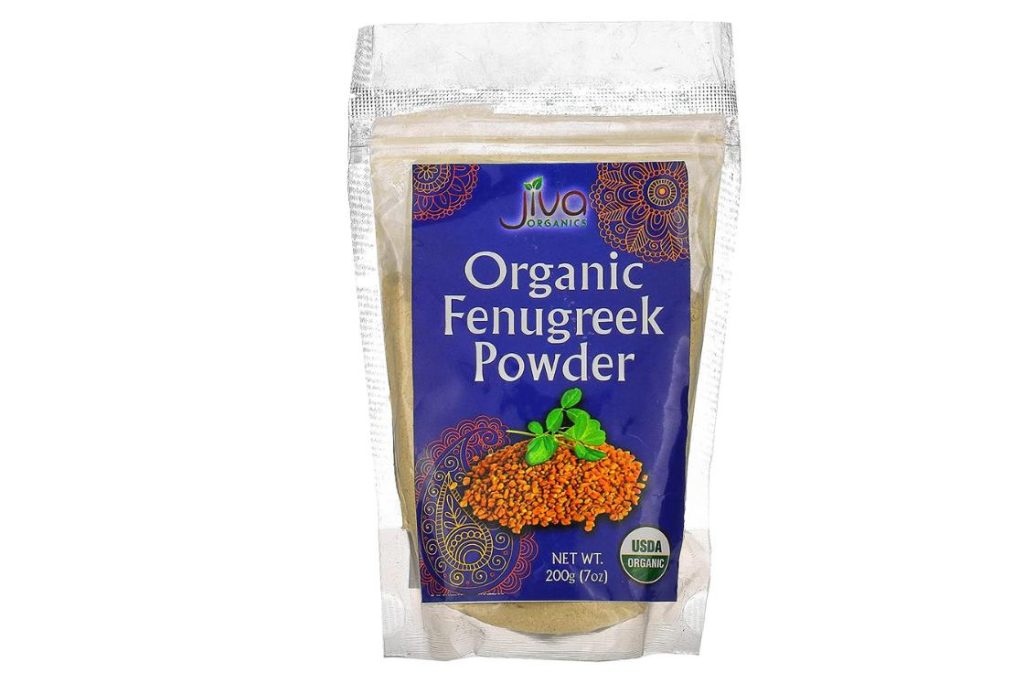
Conclusion
Ayurveda has provided us with dietary, behavioral, and herbal guidelines to lessen pitta. When it concerns balancing the doshas, some herbs can be helpful allies, consequently, you should look for methods to incorporate them into your diet.
Always seek the advice of a qualified Ayurveda physician when deciding on your dosage and timing of use.




